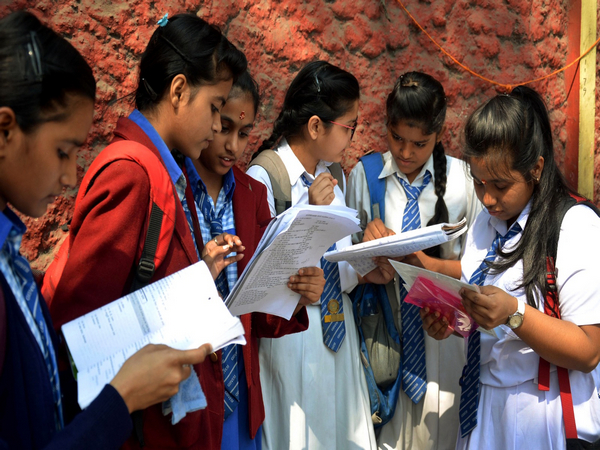Raipur (Chhattisgarh) [India], July 8 (ANI): The Chhattisgarh government has taken a step towards implementing NEP 2020 in tribal areas by integrating local languages and dialects into the primary education curriculum to ensure inclusive and quality education for all students, particularly in tribal communities.
“In a significant move towards implementing NEP 2020 in tribal areas, the Chhattisgarh government has taken an initiative to include local language and dialects in primary education curriculum in order to ensure inclusive and quality education,” as per a press release.
Chhattisgarh Chief Minister Vishnu Deo Sai has directed the education department to develop and distribute bilingual books in 18 local languages and dialects, with a focus on providing high-quality educational resources. A special emphasis has also been placed on vocational education, with plans to enhance skill development programs in these areas.
“This includes the introduction of the Sadi language for primary education in Jashpur. The initiative is a part of the broader vision under NEP 2020 to make education more inclusive and accessible to children in their native languages,” as per the release.
Its objective is to increase the access and quality of education in tribal communities, so that children can get education in their mother tongue and stay connected with their culture.
“The Chief Minister emphasized the importance of primary education in local languages and said that this will improve the understanding and learning process of children,” the release stated.
Shala Praveshotsav is celebrated every year in Raipur at the beginning of the new academic session to encourage children towards education and motivate them to enrol in school. This time, the state level Shala Praveshotsav was inaugurated in Bagiya village of Jashpur, a remote tribal district of Chhattisgarh, showing the state government’s commitment to provide quality education to the remote corners of the state.
“Addressing the program, Sai said the initiative will also be helpful in preserving local culture and traditions. He added that textbooks and teaching material will be translated into local dialects and teachers will also be trained in these languages under the initiative,” as per the release.
School Education Secretary Siddharth Komal Pardeshi said that books for schoolchildren are being prepared in 18 local languages and dialects in Chhattisgarh. In the first phase, courses will be prepared in Chhattisgarhi, Sargujiha, Halbi, Sadari, Gondi and Kudukh. For this, the help of litterateurs, folk artists, compilers from across the state will be taken. Apart from this, cooperation will also be taken from senior citizens and teachers.
“Principal of High School Bagia, Dinesh Sharma, while praising this initiative, said that tribal children have talents. Education in local dialect will give more and more children of tribal areas a chance to move forward,” as per the release.
During the state level school entrance festival, the Chief Minister interacted with the students developing robotics models in the Atal Tinkering Lab of the government school of Jashpur and participated in prevocational activities by making clay pots with the students.
“He also announced to organize summer camps every year in government schools. Along with this, the Chief Minister said that the state government will conduct two board examinations from this year for the students of class 10th and 12th,” as per the release.
The Chief Minister also said that under PM Shri, 211 schools are being developed as model schools in the first phase in the state.
“The Three Language Formula in NEP 2020 states that every student in India should learn three languages: two of which should be native Indian languages, including one regional language, and the third should be English. The formula is applicable to both government and private schools, and the medium of instruction can be any of the three languages,” as per the release.
The primary aim of the Three Language Formula is to promote multilingualism in India and enable students to communicate effectively across the country. It also aims to strengthen national integration by exposing students to different cultures and languages and fostering respect for linguistic diversity. (ANI)
Disclaimer: This story is auto-generated from a syndicated feed of ANI; only the image & headline may have been reworked by News Services Division of World News Network Inc Ltd and Palghar News and Pune News and World News
HINDI, MARATHI, GUJARATI, TAMIL, TELUGU, BENGALI, KANNADA, ORIYA, PUNJABI, URDU, MALAYALAM
For more details and packages
















